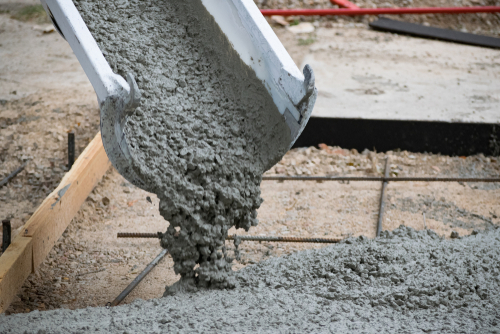
According to a new report from the American Council for an Energy-Efficient Economy (ACEEE), governments and industry could reduce their CO2 emissions by 7.3 million metric tons by switching half of their concrete to lower-carbon alternatives.
The study, produced in partnership with Global Efficiency Intelligence (GEI), looked at the greenhouse gas reduction potential of limestone calcined clay cement and concrete as an alternative to traditional concrete. The report comes on the heels of the U.S. Department of Energy’s announcement that it was funding three industrial demonstration projects for the production of limestone calcined clay cement.
“Government procurement, which accounts for almost half of the cement demand in the U.S., is an important driver in creating demand for low-embodied-carbon concrete and facilitating its use in public projects,” Ali Hasanbeigi, research director at GEI and a report coauthor said. “This incentivizes emission reductions in cement manufacturing. This, in turn, will have a spillover effect to lower the embodied carbon in cement used in private construction as well.”
Manufacturing cement, a key ingredient in concrete, is considered to be one of the most caron-intensive industries, contributing about 7 percent of global CO2 emissions. Using calcined clays can cut emissions and reduce costs, the report found. The new report found that reductions in CO2 emissions of 7.3 million metric tons are possible through government procurement alone. The reductions are the equivalent of eliminating CO2 emissions from 1.7 million gasoline-powered passenger vehicles for one year.
“Using limestone calcined clay cement and releasing fewer carbon emissions to begin with is a better path than making cement the traditional way and needing to remove carbon at the end of production,” Pavitra Srinivasan, senior manager at ACEEE and a report coauthor, said. “States can start preparing now to be ready to use this new process to cut air pollution, improve public health, and help spur the private market to shift.”